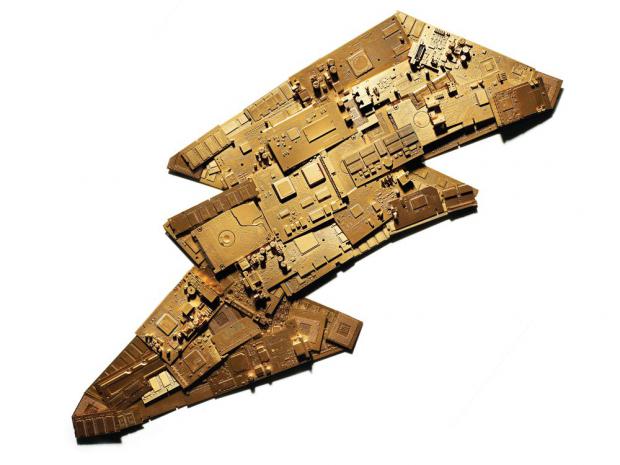
Breaking News
 Large global study analyzing data from 192 countries has sparked intense debate by suggesting...
Large global study analyzing data from 192 countries has sparked intense debate by suggesting...
 Agentic AI is the Next Phase Where AI Affects Our Lives - Live Stream
Agentic AI is the Next Phase Where AI Affects Our Lives - Live Stream
 Iran conducts surprise missile drills amid rising tensions with Israel
Iran conducts surprise missile drills amid rising tensions with Israel
Top Tech News
 EngineAI T800: Born to Disrupt! #EngineAI #robotics #newtechnology #newproduct
EngineAI T800: Born to Disrupt! #EngineAI #robotics #newtechnology #newproduct
 This Silicon Anode Breakthrough Could Mark A Turning Point For EV Batteries [Update]
This Silicon Anode Breakthrough Could Mark A Turning Point For EV Batteries [Update]
 Travel gadget promises to dry and iron your clothes – totally hands-free
Travel gadget promises to dry and iron your clothes – totally hands-free
 Perfect Aircrete, Kitchen Ingredients.
Perfect Aircrete, Kitchen Ingredients.
 Futuristic pixel-raising display lets you feel what's onscreen
Futuristic pixel-raising display lets you feel what's onscreen
 Cutting-Edge Facility Generates Pure Water and Hydrogen Fuel from Seawater for Mere Pennies
Cutting-Edge Facility Generates Pure Water and Hydrogen Fuel from Seawater for Mere Pennies
 This tiny dev board is packed with features for ambitious makers
This tiny dev board is packed with features for ambitious makers
 Scientists Discover Gel to Regrow Tooth Enamel
Scientists Discover Gel to Regrow Tooth Enamel
 Vitamin C and Dandelion Root Killing Cancer Cells -- as Former CDC Director Calls for COVID-19...
Vitamin C and Dandelion Root Killing Cancer Cells -- as Former CDC Director Calls for COVID-19...
 Galactic Brain: US firm plans space-based data centers, power grid to challenge China
Galactic Brain: US firm plans space-based data centers, power grid to challenge China
The incredible evolution of supercomputers' powers, from 1946 to today

Engineers measured early computing devices in kilo-girls, a unit roughly equal to the calculating ability of a thousand women. By the time the first supercomputer arrived in 1965, we needed a larger unit. Thus, FLOPS, or floating point operations (a type of calculation) per second.
In 1946, ENIAC, the first (nonsuper) computer, processed about 500 FLOPS. Today's supers crunch petaFLOPS—or 1,000 trillion. Shrinking transistor size lets more electronics fit in the same space, but processing so much data requires a complex design, intricate cooling systems, and openings for humans to access hardware. That's why supercomputers stay supersize.

 This is why RAM costs so much
This is why RAM costs so much

